Simulation-based learning workshop(2019)
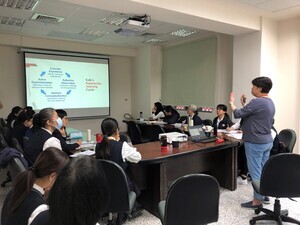
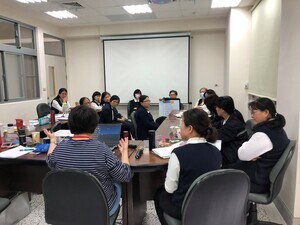
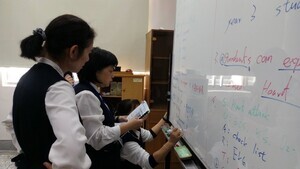
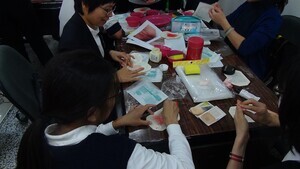
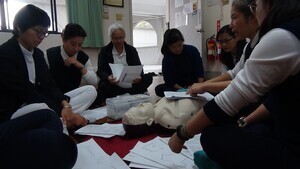
The three-day Simulation Workshop for Health Educators Course Description: immersive situational teaching and curriculum integration, teaching theory, curriculum design, teaching plan design, simulation mode, situational teaching reflection way, implement lesson plans and teaching situations learn how to do simulated wounds, etc.
Teaching theory: Kern is using Kolb's Learning Cycle -Transformative Learning Theory of Action in nursing simulation education.
Curriculum design: Kern has developed a six-step design curriculum. Combining the learner's experience with teaching design and form a learner-centered practical curriculum. The learning objectives and results are based on "The ABCD Method": Audience, Behavior, Condition, and Degree.
Simulation methods: Task Trainers, Simulators, Simulated patients (SP), Virtual Reality (VR), and Augmented Reality (AR). Different simulation methods have different teaching purposes, and a variety of simulation methods can be used according to the learning objectives. Teaching molds are mainly used for technical training. Simulators can be used for technical and clinical resilience. On the other side, patient simulators are suitable for teaching communication, conflict management, care, and ethical issues.
The teaching content will also be designed in different scenarios according to learning goals and presented in scripts. The simulation method simulated in different ways according to learning goals. For example: If you use a simulator, you need to consider computer-assisted teaching. The establishment of engineers is also necessary. In addition to assisting in setting the lesson plan, the lesson needs to be adjusted immediately and reasonably according to the students' performance and actual situation during class. If you want to learn about empathy or ethical issues, you may use a role-playing approach. After role-playing, the students were inspired to figure, think, internalize, express, and connect with life experiences, emotions, and values.
Debriefing is the major key to teaching effectiveness and achieving learning goals. It can improve their advantages and disadvantages after their debriefing.
